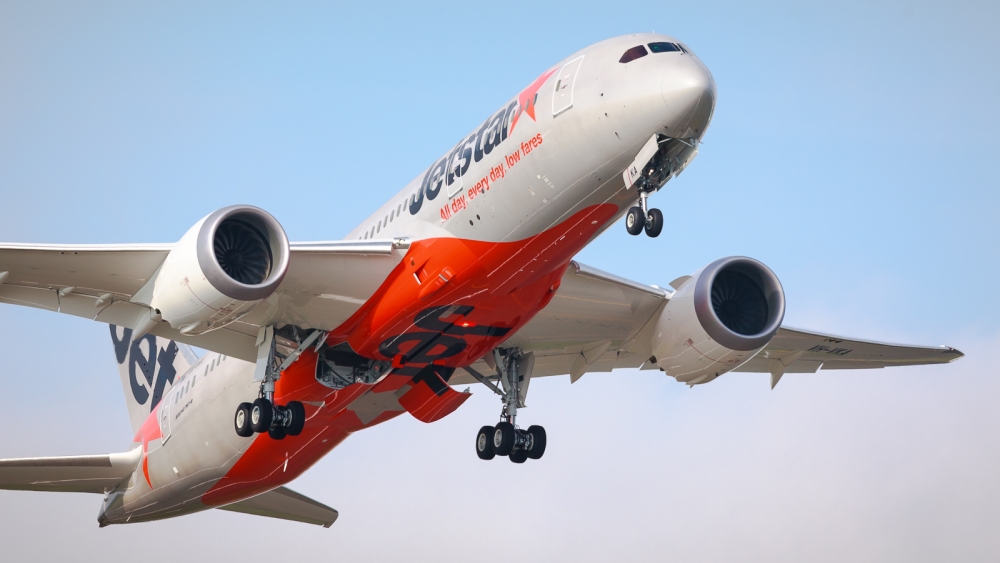From the first commercial airliners, aerial turbulence (once called “air pockets!”) has been a constant source of discomfort for passengers. Once airliners became pressurized, they flew higher above weather systems, but inflight turbulence was still a problem. Jet airliners flew even higher with even smoother rides, but still experienced “vertically active” air masses in flight that caused passengers’ seat belt signs to be constantly illuminated.
With the advent of digital flight control systems in the 1990s, computerized accelerometers were used to detect disturbances in the air and “signaled” the ailerons within milliseconds to mitigate vertical motion. This reduced the severity of the bumps to barely detectible levels. Latest-generation airliners like the Boeing 787 have active gust alleviation in all three axis, meaning the ailerons, elevators, and rudder all modulate up to 50 times-per-second to dampen any trace of turbulence, giving the aircraft an unbelievably smooth, almost “magic carpet” ride.
























